A Basin of Water and a Wet Cloth

In the colonial era, people bathed in a basin of water and a wet cloth. Children were the only ones who got full-body baths. Adults bathed by wiping dirt off their skin with a cloth dipped in water. It’s like wiping stains off your shelf.
Outhouses
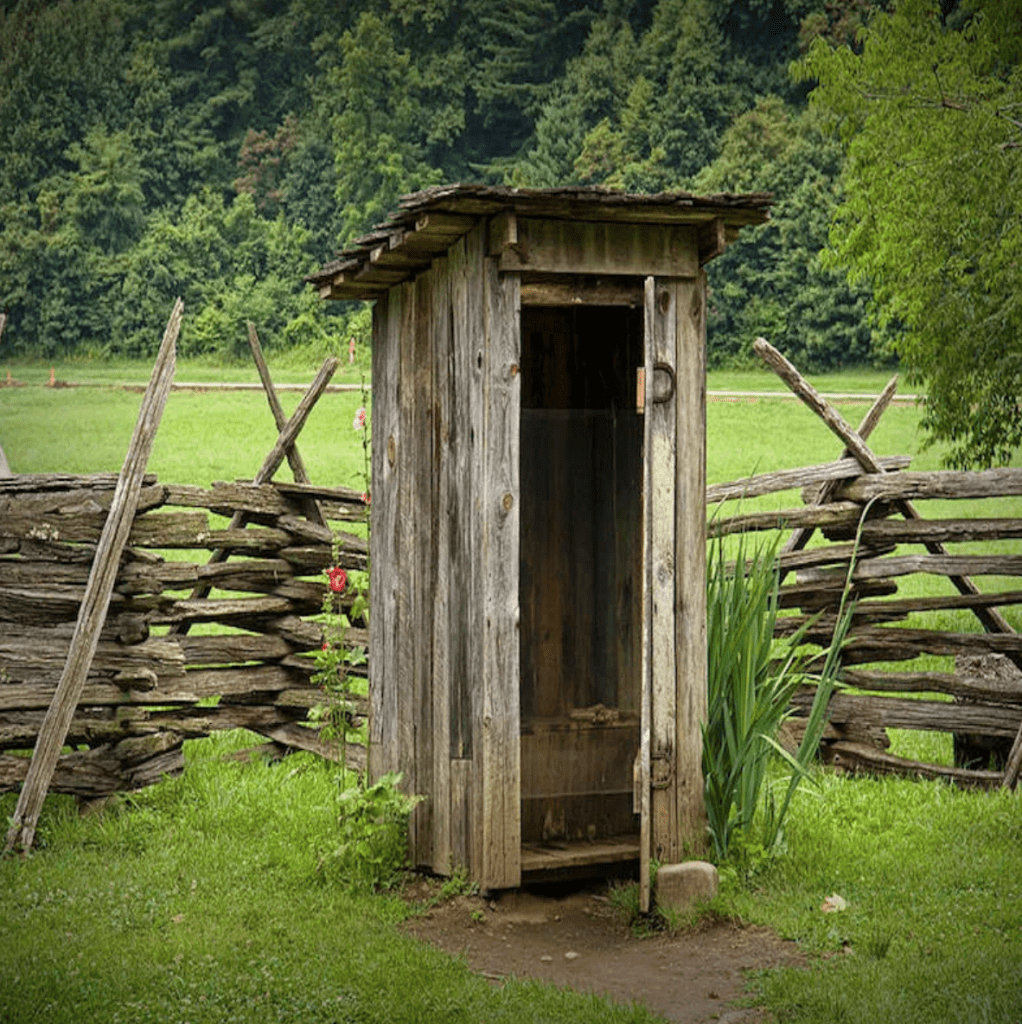
During the colonial era, houses had outhouses nearby and chamber privy pots indoors for excretion. Unfortunately, these chambers were emptied by throwing their contents out the window whenever they were full.
This human waste found its way into streams, lakes, and rivers, resulting in the contamination of drinking water and the spreading of diseases. This lack of an efficient disposal system led to the death of many colonials.
Dysentery Was Common
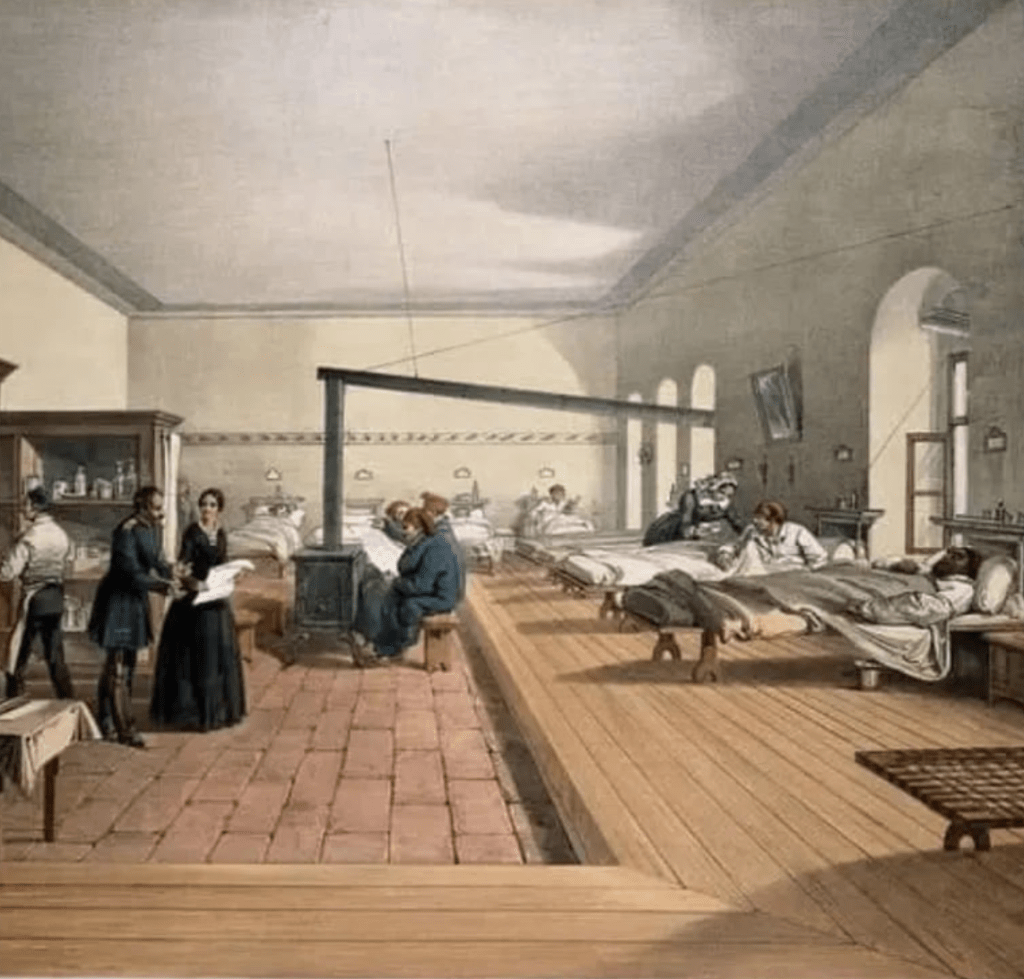
There was no proper sanitation, and outhouses were often near water sources. Therefore, disease was common throughout the colonies. Children and adults regularly develop illnesses like cholera, dysentery, and typhoid fever.
This problem was so bad that it happened during one of the most significant moments in history. Nearly two-thirds of George Washington’s army died of typhoid, dysentery, and other diseases.
Toilet Clothes
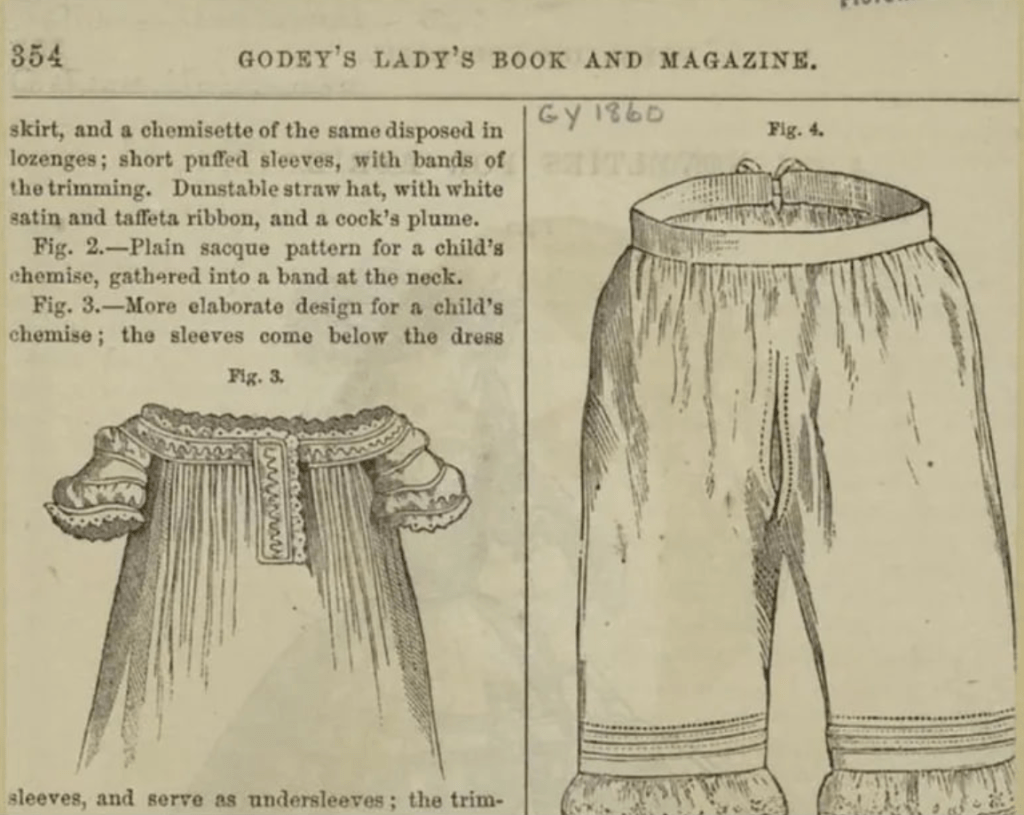
During the 18th century, most women wore big dresses with hoops or bustles. This made it hard to take off clothes. So, women couldn’t use the toilet without undressing.
Their knickers had a split crotch, so women could hover over the pit latrine or bowl and ease themselves down instead of undressing. They had to be careful not to make a mess.
Once a Month Wash
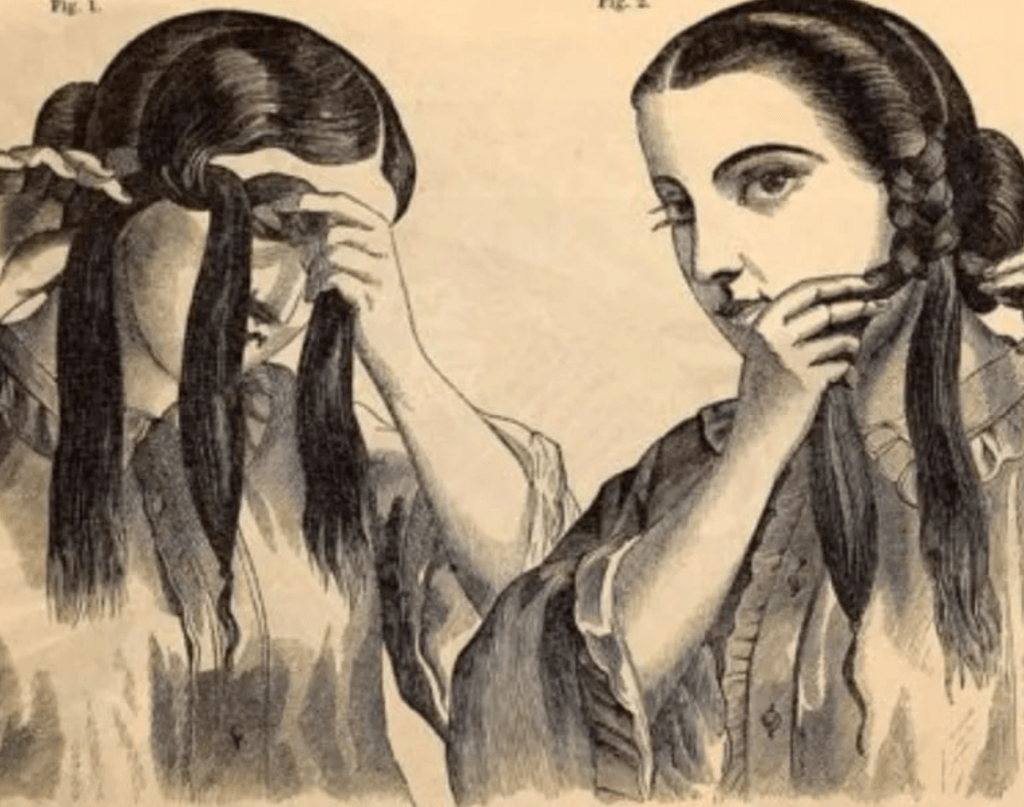
Women’s hair was considered their “crowning glory,” so the longer and healthier it looked, the better.
However, they washed their hair only once a month or twice if it was oily. This kept their hair healthy because detergents made it dry. Lye, a harsh substance in detergents, caused this
dryness.
People used cologne or perfume to mask their body odor.
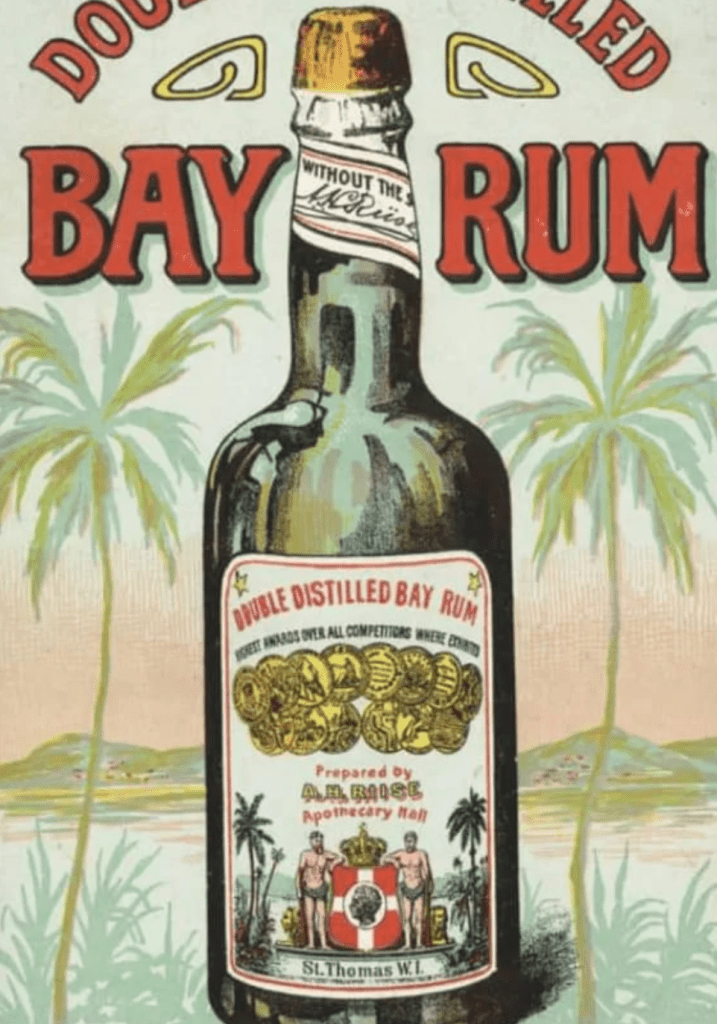
For women, the best option was to buy perfume or cologne. The most common solution for men was bay rum, a unique smell that combines spices, perfume, and rum.
No Toothbrushes
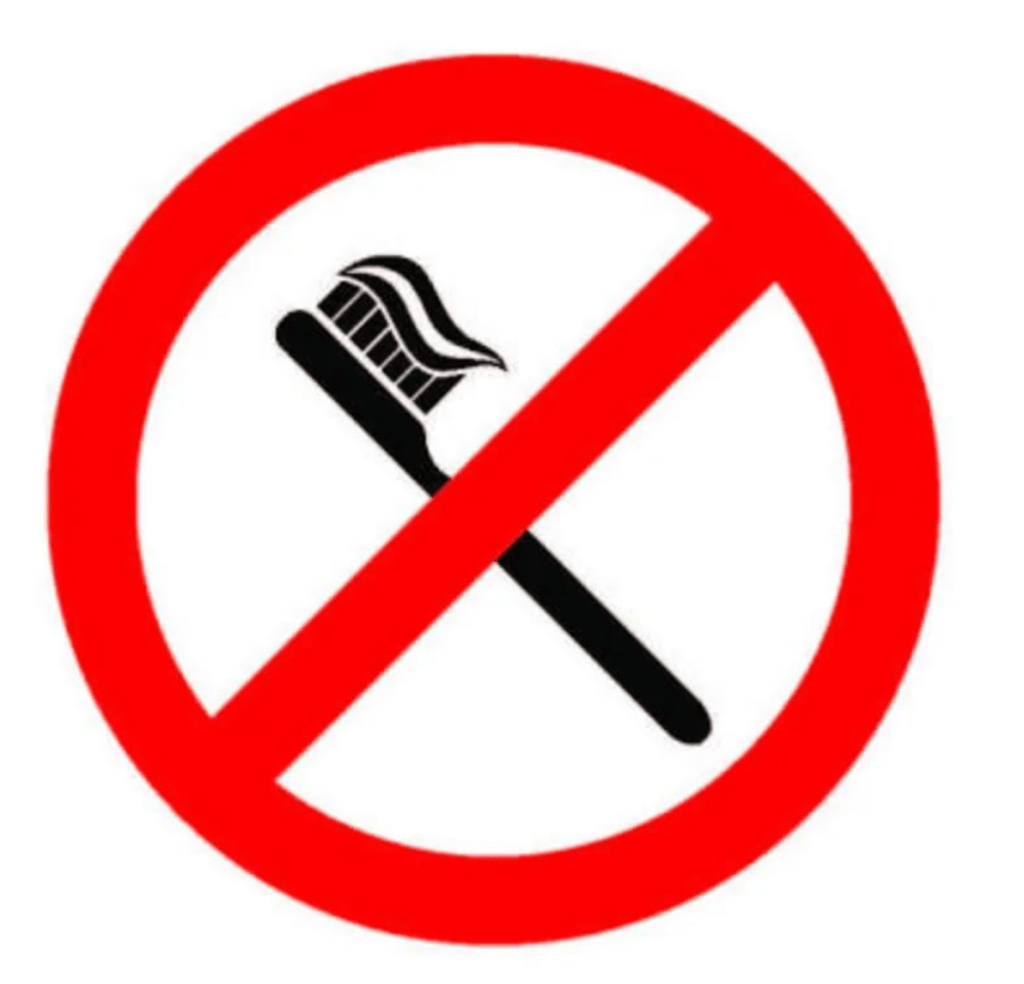
People didn’t use toothbrushes in the mid-18th century. Before then, they cleaned their teeth in different ways. Some rinsed their mouths with water, rubbed their teeth with a cloth, or chewed on herbs to clean their teeth and get fresh breath. These methods were suitable for cleaning teeth but were better than today’s toothbrushes.
Underwear Cleaned the Body?

Beliefs about hygiene during the colonial era included the idea that underwear cleaned the body. Many people thought that their underwear absorbed their body’s impurities.
People showed off their underwear to prove they were moral, and clergy members wore white to show they were pure.
Syphilis Spread
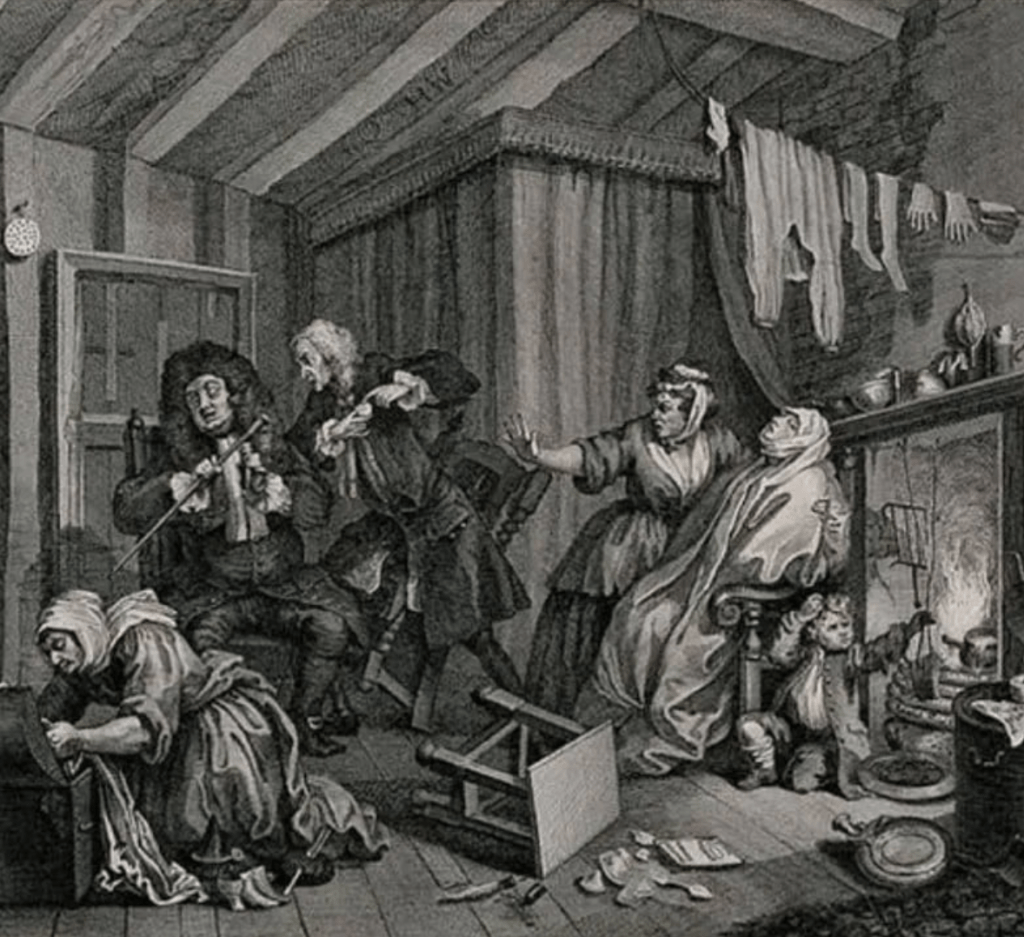
The Spaniards brought syphilis to the New World. The disease spread quickly because people didn’t wash their hands. It became an epidemic and was the fourth leading cause of death until World War II.
Infants Weren’t Bathed for Cleanliness

Babies weren’t bathed for cleanliness. Modern hospitals make sure babies are bathed to prevent bacteria. Mothers in the colonial era bathed their children regularly but did not clean them. They thought bathing their children worked like a vaccine or immunization.

 Discuss
More news
Discuss
More news


